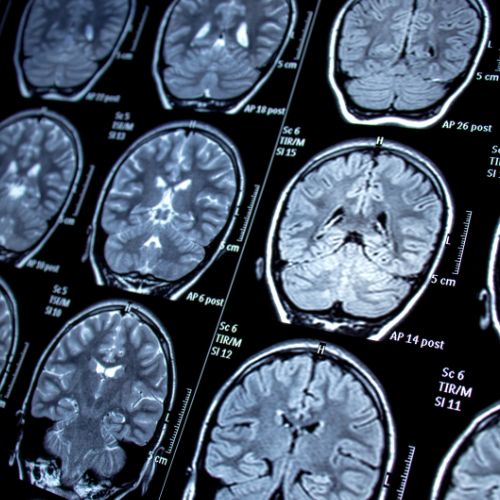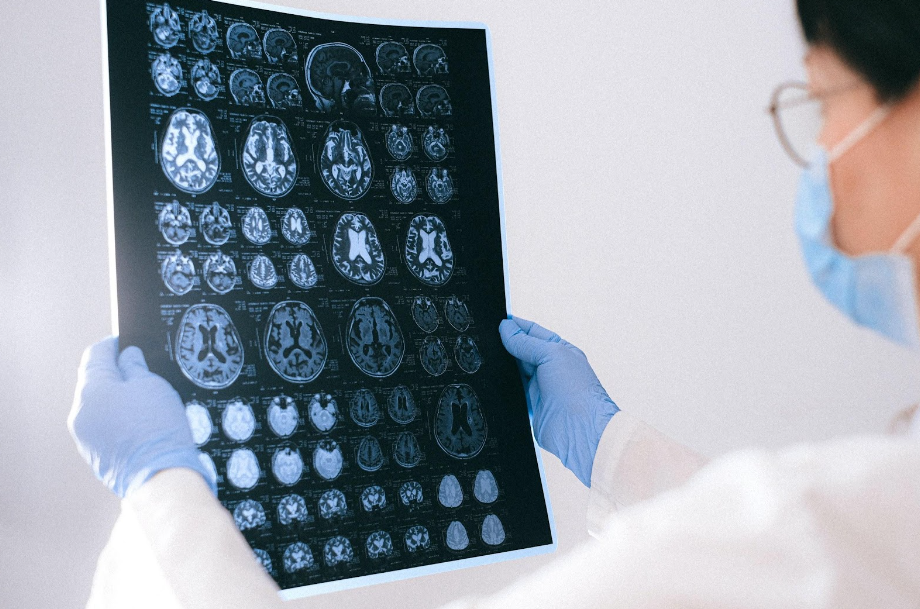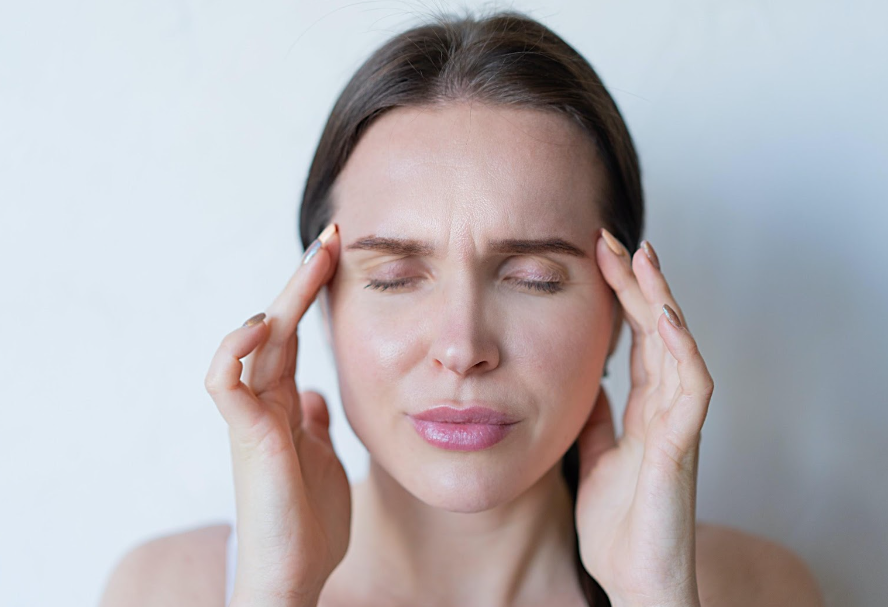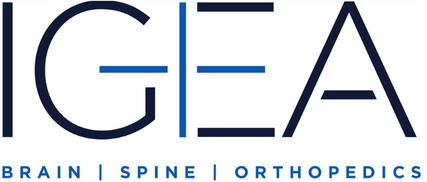Understanding Headaches: Causes, Types, and Treatment Options
Understanding Headaches: Causes, Types, and Treatment Options

Headaches are a common ailment that many people experience at some point in their lives. In fact, about 96% of people experience a headache at least once in their life. Whether the headache is a mild inconvenience or a debilitating condition, it can disrupt daily activities and quality of life. Depending on their severity, there are different causes and treatment options available. This, luckily, means that headaches are completely treatable; once you know the underlying cause, you can find the proper treatment to get relief quickly.
Read on as we dive deep into the world of headaches, exploring their causes, different types, and available treatment options to better help understand and provide relief to those suffering from them.
The Causes of Headaches
Several factors can contribute to the development of headaches. While the exact cause may vary from person to person, some common triggers include the following:
Tension and Stress
Tension headaches, often associated with prolonged muscle tension in the neck and scalp, can be triggered by a range of factors related to tension and stress. Emotional strain, anxiety, and an overwhelming workload can all contribute to the development of these headaches. It is important to recognize the impact that stress can have on our physical well-being and take proactive steps to manage and alleviate it.
Migraine Triggers
Migraines, known for their intensity, are not just ordinary headaches. Alongside severe head pain, individuals may experience nausea, sensitivity to light and sound, and visual disturbances. Migraines can have various triggers, including hormonal changes, certain foods, bright lights, and loud noises.
Environmental Factors
External factors can play a significant role in triggering headaches for many individuals. These external triggers can vary from person to person, but some commonly-reported factors include
:
- Strong Odors: Certain strong odors like perfumes, cleaning products, chemicals, or even certain types of foods can trigger headaches in susceptible individuals. The overpowering scent can stimulate the nerves and blood vessels in the head, leading to headache symptoms.
- Weather Changes: Changes in weather conditions, particularly rapid shifts in temperature, humidity, or barometric pressure, have been associated with triggering headaches. Many people report experiencing headaches during weather transitions, such as before a storm or during a sudden heatwave.
- Noise and Light: Excessive exposure to loud noises, bright lights, or flickering lights can trigger headaches, particularly in individuals who are sensitive to sensory stimuli. These stimuli can overstimulate the nervous system and lead to the onset of headache symptoms.
- Second-Hand Smoke: Inhaling second-hand smoke, whether from cigarettes or other sources, can be a potent trigger for headaches. The chemicals present in smoke can irritate the nasal passages and blood vessels, leading to headaches in susceptible individuals.
- Certain Foods and Beverages: For some individuals, specific foods and beverages can act as triggers for headaches. Common culprits include processed foods, aged cheeses, chocolate, caffeine, alcohol (particularly red wine), and artificial sweeteners.
Understanding Different Types of Headaches
Headaches are not a one-size-fits-all condition, as there are various types of headaches with distinct characteristics. However, headaches are typically classified into two types: primary, and secondary. Simply put, secondary headaches are those brought on by an underlying issue, while primary headaches are instead caused by issues in the brain itself.
Let's explore some of the most common types of headaches.
Tension Headaches
Tension headaches are the most prevalent type of primary headache, and often result from muscle tension in the head, neck, and scalp. They are typically described as a dull, aching pain or pressure around the forehead or the back of the head. Tension headaches can last from a few hours to several days. They are often triggered by factors such as stress, anxiety, poor posture, or eyestrain.
Migraine Headaches
Migraines are intense and recurring primary headaches characterized by pulsating or throbbing pain, usually on one side of the head. Alongside the pain, individuals may experience nausea, vomiting, sensitivity to light (photophobia), and sound (phonophobia), as well as visual disturbances known as an aura. Migraines can be debilitating and last for hours to days. Triggers for migraines can vary but may include hormonal changes, certain foods (like chocolate or aged cheese), stress, bright lights, strong odors, or changes in sleep patterns.
Cluster Headaches
Cluster headaches are another type of primary headache that occur in cyclical patterns or clusters—hence the name. They are excruciatingly painful and tend to affect one side of the head, often around the eye. Cluster headaches may be accompanied by symptoms such as tearing, redness in the eye, nasal congestion, and restlessness. They typically occur at the same time each day and can last for weeks or months, followed by periods of remission. The exact cause of cluster headaches is not fully understood, but certain triggers like alcohol, smoking, or high altitude may contribute.
Sinus Headaches
Sinus headaches are secondary headaches often associated with sinus infections or inflammation of the sinus cavities. The pain is usually localized in the front of the face, around the eyes, cheeks, or forehead. Other symptoms may include nasal congestion, facial pressure, and a decreased sense of smell. It's important to note that sinus headaches are often misdiagnosed, as most headaches attributed to sinusitis are actually migraines or tension headaches. Proper evaluation by a healthcare professional is necessary to determine the cause of the headache accurately.
Hormone Headaches
Hormone headaches, also known as menstrual migraines or hormonal migraines, are secondary headaches triggered by hormonal fluctuations in the body, commonly associated with the menstrual cycle. They occur in women and can happen before, during, or after menstruation. The fluctuation of estrogen levels is believed to play a significant role in triggering these headaches.
Rebound Headaches
Rebound headaches, also called medication-overuse headaches, are a type of secondary headache that can occur as a result of excessive or frequent use of headache medications. When pain relievers or migraine-specific medications are used too frequently or in high doses, they can paradoxically lead to more frequent and severe headaches. Breaking the cycle of rebound headaches usually involves gradually discontinuing the offending medication under medical supervision and exploring alternative treatment options.
Treatment Options for Headaches
Managing and treating headaches requires a tailored approach based on the type and severity of the headache. Various treatment options exist, some of which are listed below.
Lifestyle Modifications
Lifestyle changes, such as managing stress, regular exercise, and maintaining a consistent sleep schedule, can help reduce the frequency and intensity of headaches. A neurologist or headache specialist can provide you with a lifestyle modification plan that is specifically tailored to you and your lifestyle, therefore providing better relief at a more expedient pace.
Medications
Over-the-counter pain relievers like ibuprofen or acetaminophen can provide temporary relief for mild headaches. For more severe or recurring headaches, prescription medications may be necessary. There are also treatments, such as Botox therapy, that can provide relief from certain types of headaches, such as migraines.
Non-Pharmacological Interventions
There are also non-pharmacological interventions, such as relaxation techniques, biofeedback, acupuncture, and cognitive-behavioral therapy (CBT), which can complement or be used as alternatives to medication-based treatments.
Seeking Professional Help
While occasional headaches may not be a cause for concern, severe, persistent, or recurring headaches warrant medical attention. Seeking a neurologist or headache specialist to receive a proper diagnosis and establish an effective treatment plan is the best course of action if the pain has reached this point. At IGEA Brain Spine & Orthopedic, we are experienced in helping treat both primary and secondary headaches and also offer other methods of pain management. Don’t let pain hold you back from leading your life, especially when help is available no matter which type of headache you are currently dealing with.
Seeking professional medical advice is crucial for accurate diagnosis and personalized treatment plans, and the team at
IGEO Brain Spine & Orthopedic can help. With proper care and management, headaches can be better understood and controlled, allowing you to lead a more fulfilling life, free from the grip of these painful conditions.
Contact us to learn more about our services today, and get the help you need.







